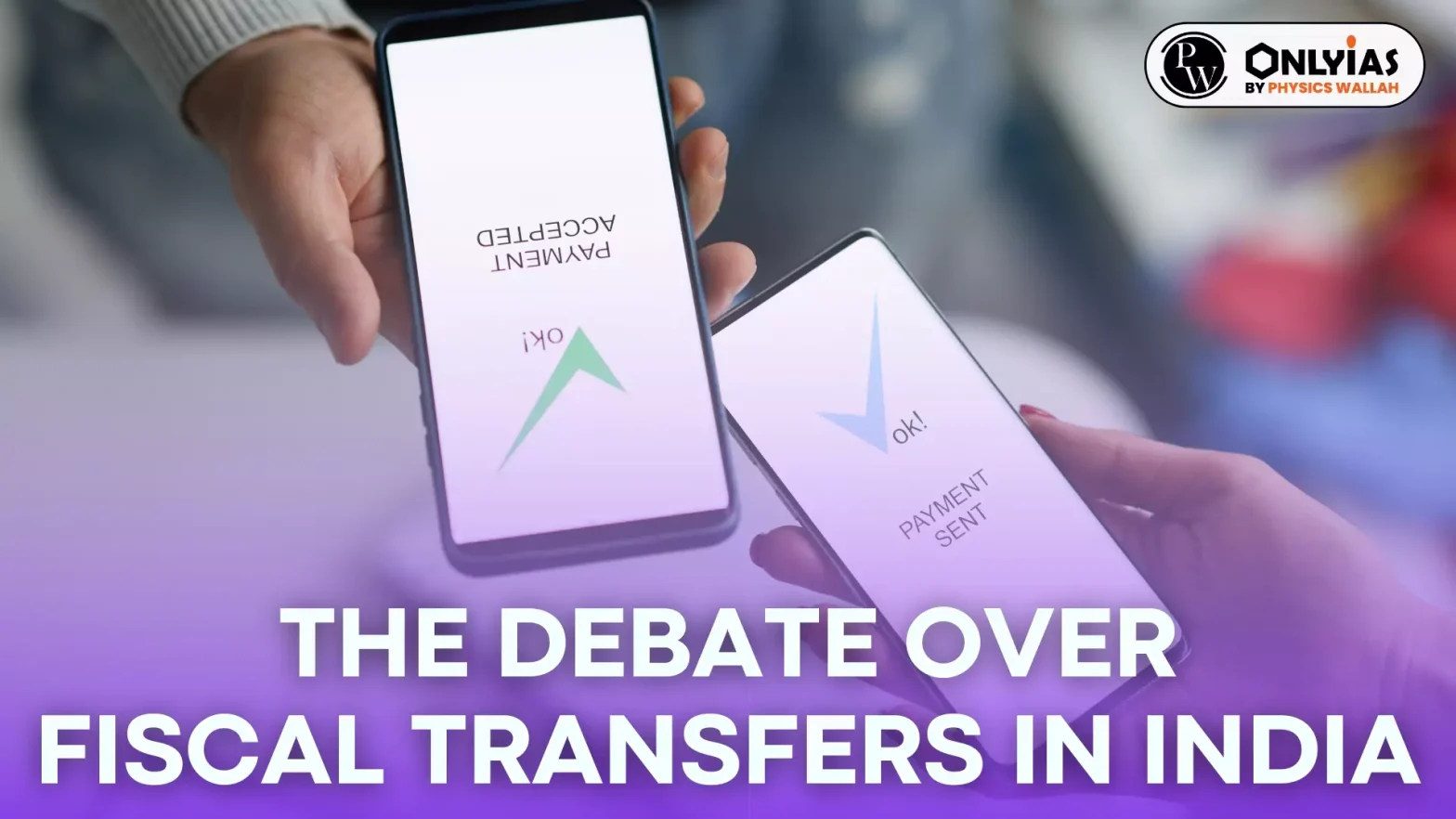Context
Sam Pitroda’s discussion on inheritance tax in India sparks debate on fair wealth distribution and public welfare resources.
Fiscal Transfers in India
- Growing Resentment: There is rising resentment among southern states about fiscal transfers to poorer northern states.
- South Tax Movement: Argues southern states are penalized for better economic performance.
- For example, Karnataka gets only 15 paisa per rupee of tax paid, Tamil Nadu gets 29 paisa, while UP gets Rs 2.73 and Bihar Rs 7.06.
- Major Concern: This is not just a North-South issue, but a rich vs poor state issue, with states like Gujarat and Maharashtra also being net contributors.
Enroll now for UPSC Online Course
Comparison to the European Union (EU)
- EU Tensions: Similar tensions exist in the EU between richer northern states and poorer southern/eastern members.
- Richer countries like Germany, Netherlands, Sweden feel they they overcontribute compared to Greece, Portugal, Spain, Eastern Europe.
- High fiscal contributions contributions by the UK possibly contributed to Brexit decision.
- Beyond Fiscal Transfers: However, fiscal transfers alone do not capture full costs and benefits of economic union.
- Non-Fiscal Benefits for Richer EU States: Richer countries subsidize poorer ones through through transfers, but also gain from expanded market and currency undervaluation.
- Expanded Markets: More industrialized countries get a large captive market to sell their products.
- Currency Advantage: Countries using the euro get competitive advantage as their labor becomes relatively cheaper.
- Examples: Germany’s growth 0.5% higher per year due to euro. Similar benefits for Austria, Netherlands, Denmark.
Parallel Benefits for Richer Indian States
- Higher Productivity: Richer states (Gujarat,Maharashtra, Punjab, Haryana, Haryana, Delhi, Southern states) have 3-4 times higher labor labor productivity than poorer poorer ones (Bihar, UP, Jharkhand, Rajasthan, MP).
- This attracts more investment and faster growth, making convergence difficult.
- Captive Market: Businesses in richer states get a large captive internal market, enhanced by GST introduction.
- Example: Companies from Coimbatore, Bangalore, Chennai can sell across India due to higher productivity.
- Benefits of Internal Migration:
- EU Benefits: Free internal migration estimated to increase EU income by €100-230 billion over 10 years.
- Indian Benefits: In India, labor migration from poorer to richer states benefits both. Migrants fill jobs locals won’t do anymore, allowing locals to move to higher-skilled, better-paid work.
- Restrictions Reduce Welfare: Restricting jobs to locals, as proposed by some states, reduces overall welfare.
Non-Economic Factors and Representation
- Beyond Economics: Economics alone does not drive tensions within a union (e.g. non-economic factors in Brexit).
- Representation Gap: India has not adjusted state-wise allocation of parliamentary seats since 1991 census. After 2026, disparity between actual and population-based seats will be huge due to faster northern population growth.
- Seat Shifts: Bihar, UP, MP, Jharkhand, Rajasthan would gain gain 30+ seats, while southern states, Odisha, West Bengal lose.
- Possible Solutions: Increase total seats, divide larger states, give smaller states more Rajya Sabha seats.
Way Forward
- Recognize Benefits Benefits: Richer states must recognize non-fiscal benefits of Indian union, even as they subsidize poorer states.
- Widening Gap: Real issue is the widening gap between richer and poorer states despite fiscal transfers.
- Improve Key Areas: Improving education, health, infrastructure is is key to attracting investment to poorer states.
- Targeted Transfers: 16th Finance Commission must ensure transfers are directed at addressing these gaps.
Enroll now for UPSC Online Classes
Conclusion
Addressing fiscal disparities in India requires recognizing non-economic factors, improving representation, and targeted investments to bridge the gap between richer and poorer states effectively.
Also Read: Fiscal Federalism: Why Southern States Are Unhappy
![]() 11 May 2024
11 May 2024

